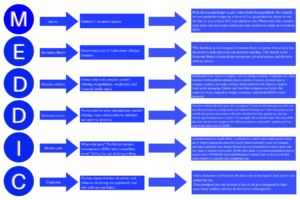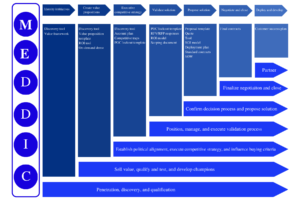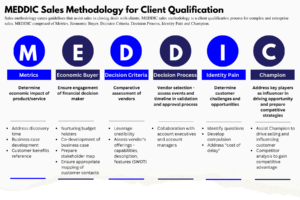The Point: Sales consulting is an essential element of any business looking to grow and succeed in a competitive market. At Zeroing Agency, we specialize in collaborative sales consulting that helps businesses achieve dynamic results by optimizing their sales strategy and process. In this blog, we’ll explore the power of collaborative sales consulting and how it can benefit your business. Whether you’re a small startup or a large corporation, our team of sales experts can help you identify new opportunities for revenue growth, improve your sales performance, enhance the customer experience, and gain a competitive advantage in your industry…Enjoy!
Transform Your Business.
Download your free 37 page | 128 question Business Transformation Self-Assessment.
What is Collaborative Sales Consulting?
Collaborative sales consulting is a collaborative approach that involves working with a team of sales experts to optimize your sales process. The process typically involves several stages, including:
- Assessment: A team of experts will assess your current sales strategy, identify areas of improvement, and develop a plan to optimize your sales process.
- Strategy Development: Based on the assessment, the team will develop a comprehensive sales strategy that aligns with your business goals and objectives.
- Implementation: Once the strategy is developed, the team will help you implement it by providing training, coaching, and ongoing support.
- Continuous Improvement: Finally, the team will monitor and measure the effectiveness of your sales strategy, make necessary adjustments, and continuously improve your sales process.
How Does Collaborative Sales Consulting Work
Collaborative sales consulting involves working with a team of experts who specialize in different areas of the sales process, such as lead generation, sales management, and sales training. The team will work closely with your sales team to understand your business, your customers, and your sales goals. Based on this information, they will develop a customized sales strategy that is tailored to your unique needs and objectives.
The team will also provide ongoing support, coaching, and training to help your sales team execute the strategy effectively. They will monitor the results of the strategy, track your progress, and make necessary adjustments to ensure that you achieve your sales goals.
Benefits Collaborative Sales Consulting Work
Collaborative sales consulting offers several benefits to businesses looking to optimize their sales process and achieve dynamic results, including:
- Increased Revenue: Collaborative sales consulting can help you identify new opportunities for revenue growth and develop a strategy to capitalize on them.
- Improved Sales Performance: By optimizing your sales process and providing ongoing support, coaching, and training, collaborative sales consulting can help your sales team improve their performance and close more deals.
- Enhanced Customer Experience: By understanding your customers’ needs and preferences, collaborative sales consulting can help you create a more personalized and engaging sales experience that leads to greater customer satisfaction.
- Competitive Advantage: By developing a customized sales strategy that aligns with your business goals and objectives, collaborative sales consulting can help you gain a competitive advantage in your industry.
SUMMARY
Collaborative sales consulting is a powerful approach that can help businesses achieve dynamic results by optimizing their sales strategy and process. If you’re looking to take your sales to the next level and drive business growth, partnering with our sales consulting firm – The Zeroing Agency – can be the perfect solution for you. Our team of sales experts is dedicated to helping businesses like yours identify new opportunities for revenue growth, improve their sales performance, enhance the customer experience, and gain a competitive advantage in their industry. Don’t wait any longer to unlock the full potential of your sales process. CONTACT US today!
Sam Palazzolo, Managing Director





